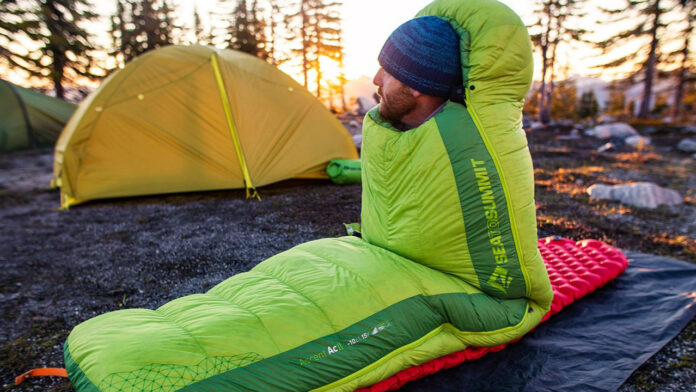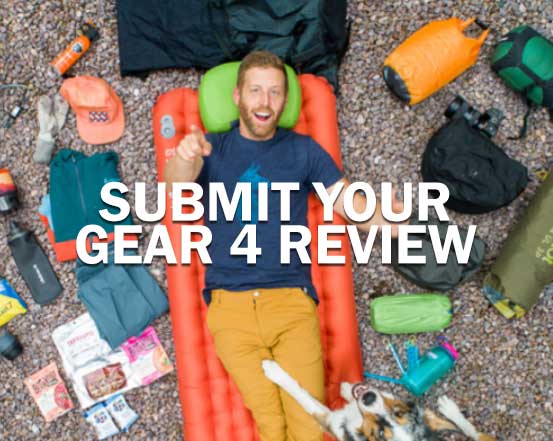Outdoor gear companies have a habit of labeling their products with confusing and/or seemingly contradictory tech specs which make it hard to compare products and make camping gear recommendations. Are they flat out lying? Are they being subtly deceptive? Or do we as consumers just need a cheat sheet to make sense of all this data? Well, since the latter is the only factor in our control, let's hone in on the self-empowerment strategy and look at some camping gear recommendations.
It's time to peek behind the industry curtain and demystify the trail vs packed weights, R-Values, varied temperature ratings, and lumens/runtimes. Here are some misleading tech specs that backpackers should pay attention to.
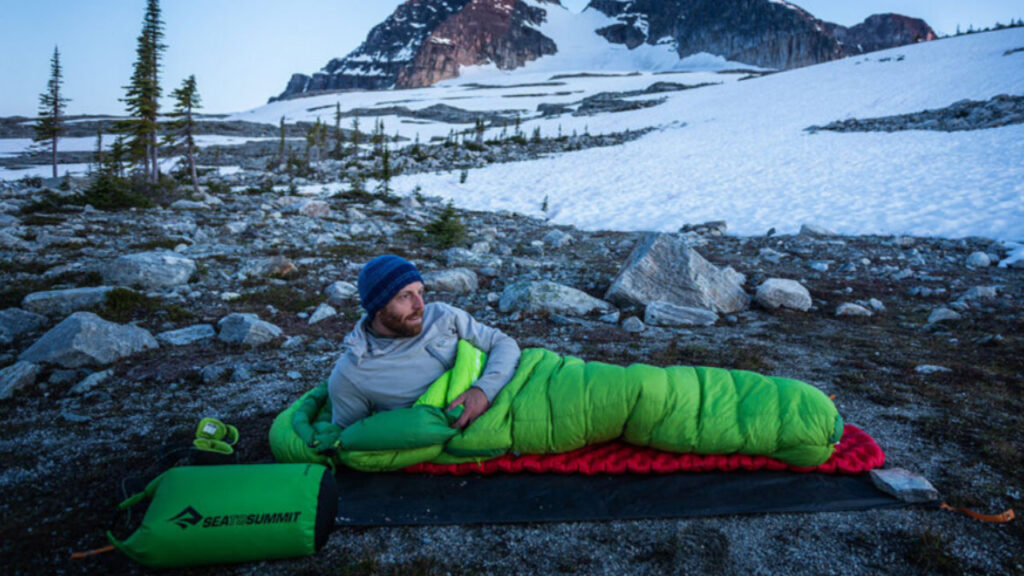
Temperature Ratings on Sleeping Bags
Sleeping bags are a common source of misunderstanding, especially for newer backpackers. And unfortunately, this can have the biggest implications in terms of safety and enjoyment. Allow me to demonstrate. My Therm-A-Rest Parsec sleeping bag is rated to 20 degrees Fahrenheit (-6 Celsius).
Consumers can be forgiven for making the assumption that as long as the overnight temperature doesn't dip below that figure, a comfortable sleep will be had. Not so! For starters, the sleeping bag rating assumes that a sufficiently-insulated mattress will also be in play. Otherwise, too much of your own body heat will be lost to the cold ground. We'll explore R-Values in a moment, but if your current pad is around that 1.5 – 2 level, then your sleeping bag won't be able to do what it's meant to.
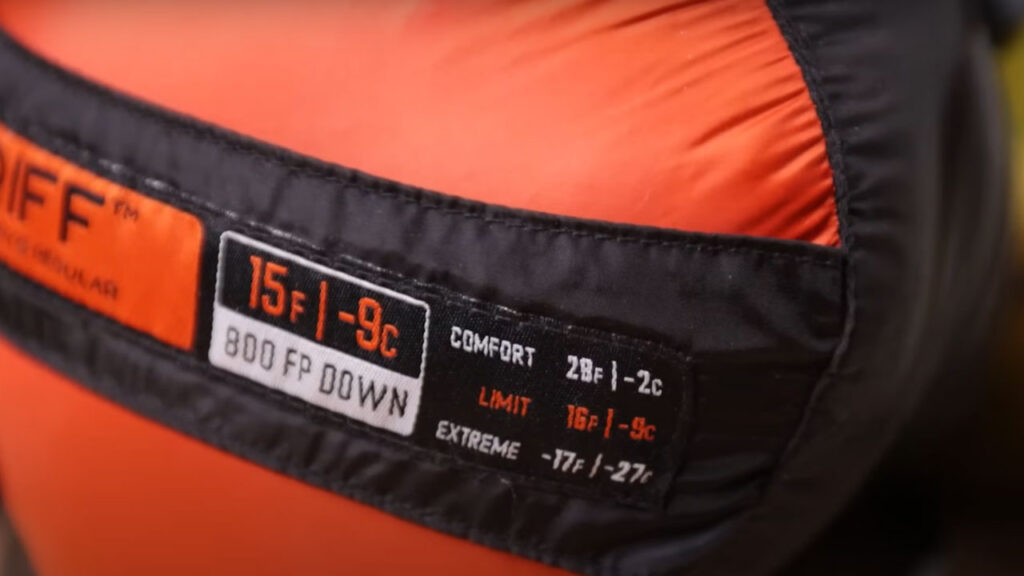
I actually had an experience this winter in which I used a 5 degree sleeping bag on a 30 degree night and still froze my keister off. That was because I made the mistake of using a borrowed sleeping mat with an R-Value of just 2.9. Given that there was snow on the ground, I needed much more insulation underneath – something rated to at least 4 or 5.
The other thing you might notice but not necessarily register completely is the range of temperature ratings a sleeping bag can have. For example, my Nemo Riff down sleeping bag has three different categories shown right on cover. It reads:
Comfort: 28F | -2C
Limit: 15F | -9C
Extreme: -17F | -27C
This is important because even though the “Limit” is usually what's emphasized by both the brand and retailer, the temperature range for which you'll actually be warm and cozy is significantly higher. So in the case of my Riff sleeping bag, a 15 degree night would entail much teeth chattering, but I'd get through until dawn. We as consumers need to be able to spot this performance spectrum so that we have a realistic expectation of the product's abilities.

R-Values on Sleeping Mattresses
The R-Value represents how well insulated a sleeping mattress is. The higher the number, the greater capacity it has to recycle your body heat and block the cold coming off the ground. What I should have been using all along with my cold-weather sleeping bags was something at least as strong as my Big Agnes Rapire SL Insulated mattress. It has a third-party-rated R-Value of 4.2, making it generally appropriate for 3-season use. But if real, no-foolin' winter conditions set in, an R-Value of 5 or higher is the way to go.
If you want to read more about coping with cold conditions, check out these articles:
Snowstorm Camping and Sleeping in Cold Weather
Cold Weather Sleeping Bags and Other Gear
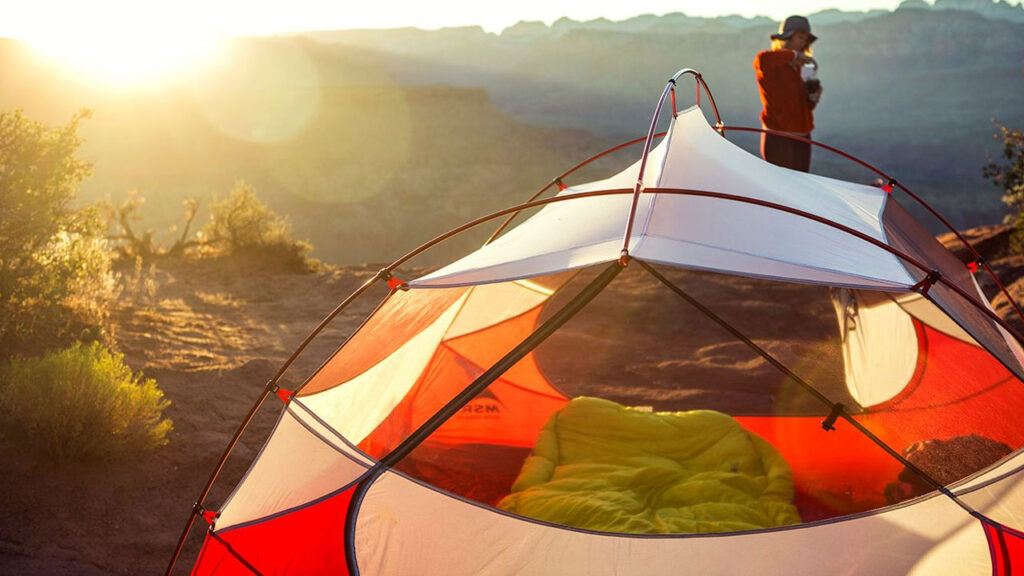
Backpacking Tents: Packed Weight vs Trail Weight
When I look at my MSR Hubba Hubba 3-Person tent, I can see right on the packaging that its weight is listed as 3 pounds, 7 ounces (or 1.55 kg). But that's not true. For if I plop the full rig on my scale, it reads 3 pounds, 13 ounces. So what gives?
Well, tent companies differentiate between packed (or package) weight, which is the heavier figure I came up with, and trail weight, which is the lightest possible weight the tent can achieve (and conveniently what they highlight to consumers). In order to shave the packed weight down to the trail weight, you'll need to ditch the carrying cases, extra guylines, and sometimes even the tent stakes.
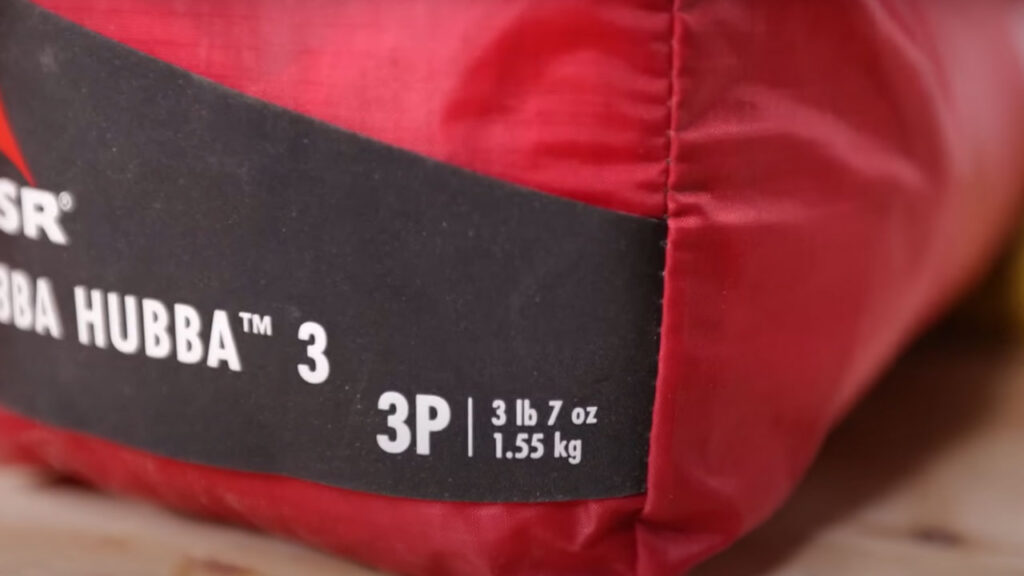
The same thing goes for my so-called “1-pound” Durston X-Mid Pro 1 tent that I talked about in the Fresh Gear Friday series. The theoretical trail weight can get that low, but only if you ditch everything but the actual shelter. And in this case, tent poles aren't even included. Instead, this bad boy will require trekking poles or sticks found around camp to prop it up. Now, don't get me wrong, I love my X-Mid Pro 1.
I can't believe how well it holds up in tough conditions. But again, don't think that you can order this thing online and expect it to show up weighing just a single pound. There is another page to the story.
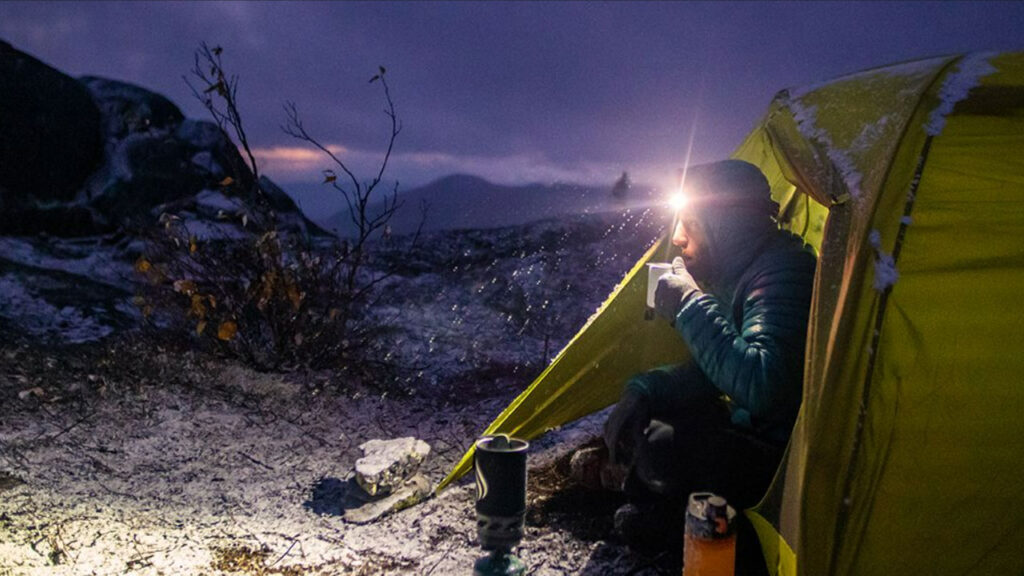
Headlamp Specifications
Headlamps are another area where backpackers get mixed up. My lightweight Ledlenser has a 250 lumen output and a runtime of 4 hours. But that doesn't mean that it will hold its max power for 4 hours and then just crap out. For you see, headlamp companies have gone through a bit of a transformation.
In the past, you might have seen estimated runtimes of 40, 50, even 100 hours! But all they needed to claim such incredible endurance was some faint sign of lumination, however useless it would actually be in the field. After a bit of an industry crackdown, the average advertised battery life has dropped to the 4, 6, or maybe even 10-hour range.
So now what you can expect is for the headlamp to operate at its max capacity for the advertised duration, before losing 10% of its brightness. Beyond this transition, you will still have a fairly-functional lightsource – just not as strong as it once was.
Pro Tip: Unless you're navigating rough terrain at night, switch your headlamp to a lower setting. This will greatly increase its lifespan. Besides, you don't want to be blinding your fellow campers while you're cooking or reading in your tent. And FYI, the red light setting is better for keeping bugs at bay, and for seeing the stars.
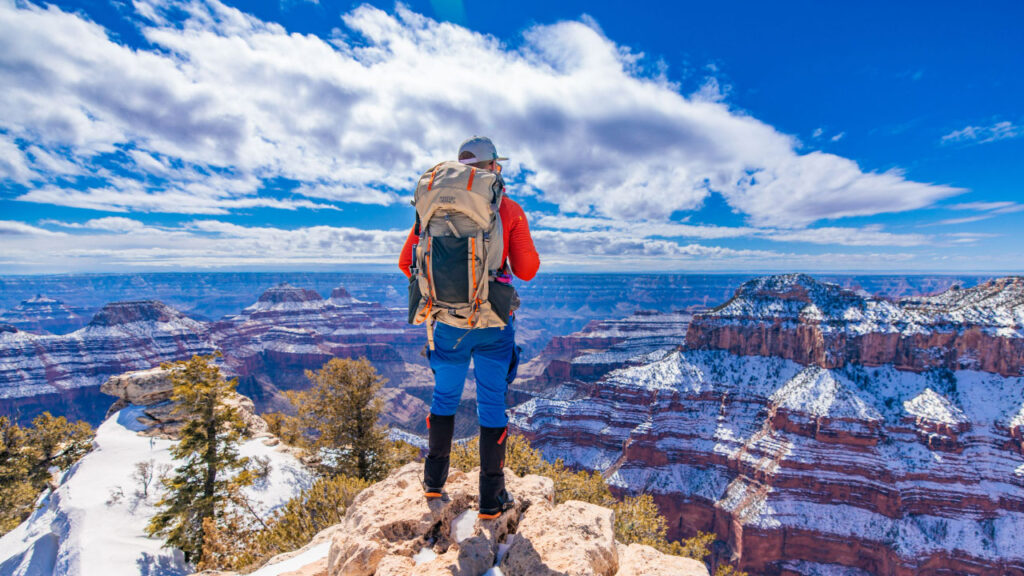
Camping Gear Recommendations and Last Thoughts
As the backpacking community grows, so does a collective fascination with the minimalistic/ultralight approach. I see a lot of people sacrificing money and functionality in the name of shedding ounces. In fact, I often get pushback on my Mystery Ranch backpack reviews because they are on the heavier side of the industry average. But even though the bag itself weighs more, it carries large loads more comfortably – so it actually feels like I have less on my shoulders. Not only that, but I'm a fan of durability and organization – two other strengths that Mystery Ranch has.
At the end of the day, there are no perfect gear loadouts, only trade offs. I'll take comfort and functionality over weight and breathability, but other hikers might feel the exact opposite. And that's ok!
So while these fancy outdoor brands might feel a little misleading from time to time, making sense of tech specs is totally doable. Just don't be fooled by those sexy numbers you see put front and center. Pry a little deeper by reading the product descriptions online, asking the staff on the floor for further clarification, or pull up this guide as a reference. Once you know what you're looking for, the data-heavy outdoor industry will be seen as a good thing.
I hope you found this article enlightening. As always, for more content relating to backpacking, hiking, traveling, and adventuring in the outdoors, pop on over to BackpackingTV.
A Quick Thank You to a New Sponsor:
Redpoint Travel Protection has recently come on board as a sponsor of BackpackingTV. And we couldn't be happier about it because whether we're exploring the backcountry or traveling the world, reliable insurance is a must. I've been a little lax with securing coverage in the past, but after my Grand Canyon winter backpacking trip with Dan Becker went awry, it woke me up to the reality of medical emergencies.
Redpoint offers three tiers of coverage, but our audience will want to take a good look at the Ripcord package. It applies to “remote destinations with limited communications or medical facilities.” In other words, backpacking adventures!

Gear used in this review includes:
Backpack: Mystery Ranch Bridger 55
Tent: MSR Hubba Bubba
Sleeping Gear: Therm-a-Rest Parsec 0-degree sleeping bag, Nemo Tensor mat,
Top Clothing Layers: Cotopaxi Baselayer, Cotopaxi Otero midlayer, Cotopaxi Fuego Hoodie,
Hiking Gear: Komperdell Explorer Contour trekking poles, Hillsound Trail Crampon, Hillsound Gaiters, MSR snowshoes, Superfeet Insoles
Electronics: Ledlenser Neo 5R Headlamp



